
Integer posuere erat a ante venenatis dapibus posuere velit aliquet sites ulla vitae elit libero

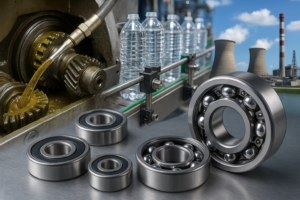
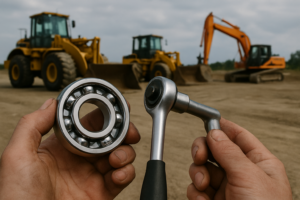

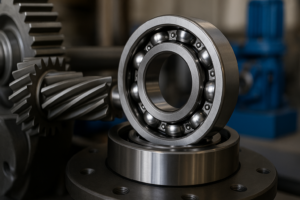
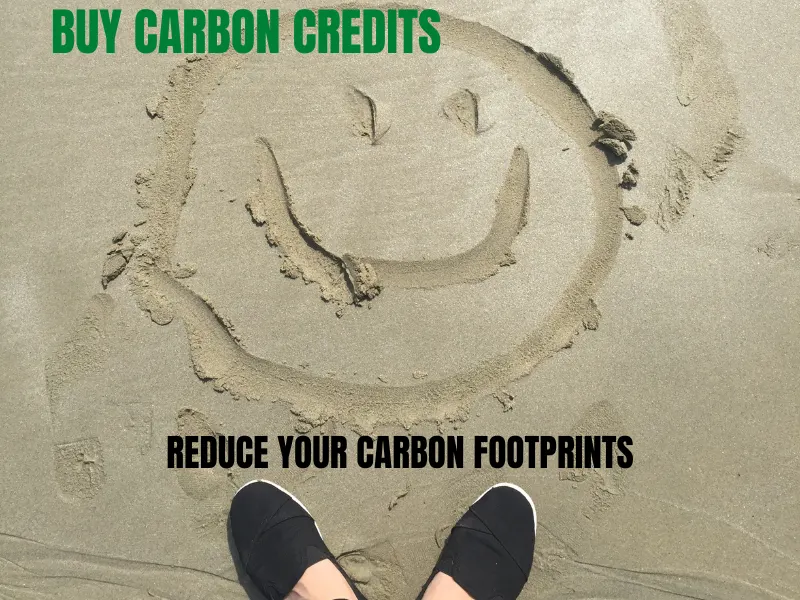
Nearly 200 countries have pledged to reduce carbon emissions as much as possible to meet the net-zero target worldwide. And companies use various technologies to decarbonize the world as much as possible. And also, ZNL Bearings concerning climate change and support those initiatives that are helpful to make our earth clean and green.
Let’s first understand what carbon credits and carbon offsets are and then understand their benefits or usage. And also, what we can do to reduce the carbon level in our area.
Carbon credits are a measurement unit to “cap” emissions/permissible emissions. One credit allows for one tonne of CO2 emission or the equivalent of other greenhouse gases.
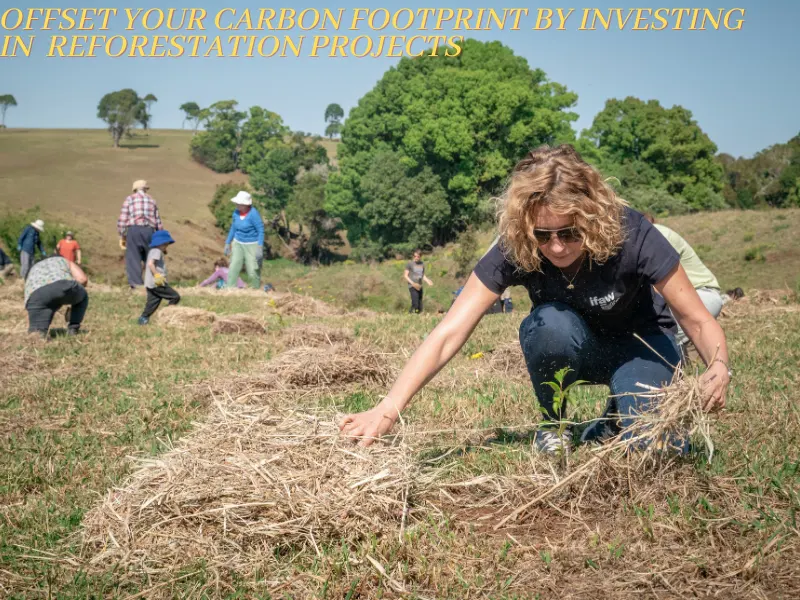
On the other hand, carbon offsets are a measurement unit to “compensate” an organisation for investing in environmentally friendly projects or programs that remove emission levels (whether natural or technological). Once created, an offset can be maintained by the organisation that completed the project or decided to trade on a voluntary carbon market.
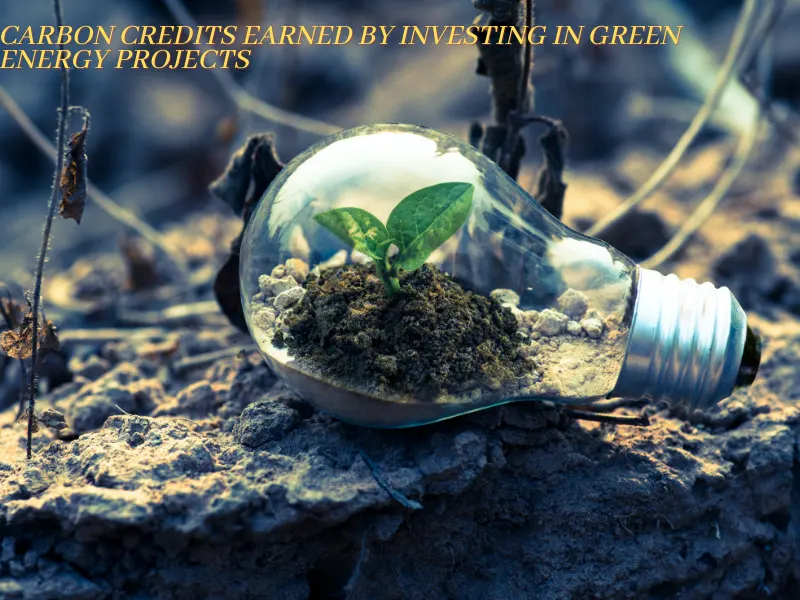
Carbon credits’ primary objective is to decrease greenhouse gas emissions into the environment. As previously stated, a carbon credit represents the ability to emit one tonne of carbon dioxide. In terms of carbon dioxide emissions, that is the equivalent of a 2,400-mile drive, according to the Environmental Defense Fund.
Companies are assigned a certain number of credits, which they can trade to help balance total global emissions. “Because carbon dioxide is the primary greenhouse gas,” the United Nations observes, “people simply speak of carbon trading.”
The goal is to gradually reduce the number of credits currently offered, actively encouraging businesses to find creative ways to reduce greenhouse gas emissions.
California launched its cap-and-trade program in 2013. The rules apply to the state’s large power generation plants, industrial plants, and fuel producers. The government claims that its program is the world’s fourth largest, trailing only those of the European Union, South Korea, and the Chinese province of Guangdong.
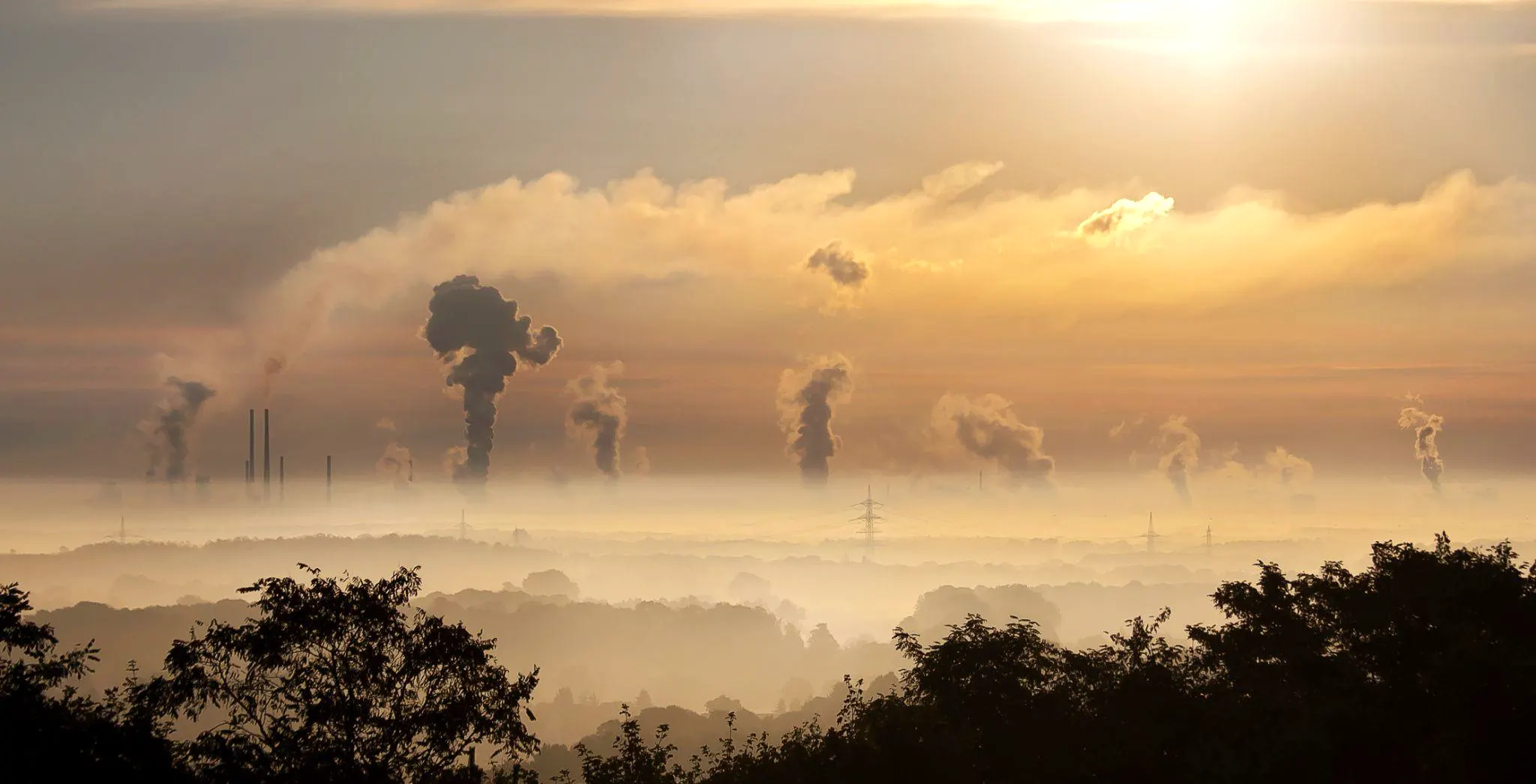
Title IV of the Clean Air Act Amendments of 1990 established the first cap-and-trade program in the United States to regulate sulphur dioxide emissions through all the allowances. The EPA issued another cap-and-trade program, the Clean Air Interstate Rule (CAIR), in 2005, which covers sulphur dioxide and nitrogen oxides. And with the RECLAIM Program in the South Coast Air Quality Management District, California was the first state to issue its program.
Cap-and-trade is a system that sets a “cap” on maximum emissions to limit aggregate carbon emissions from a group of emitters. It is a market-based policy that reduces overall pollutant emissions and encourages business investment in alternative fuels and energy efficiency.
In other words, Cap-and-trade is also referred to as a market system. Which means it establishes a monetary value for emissions. Its supporters argue that a cap-and-trade program incentivizes companies to invest in cleaner technologies rather than purchasing permits that will cost more each year.
The major reason to opt for carbon credits or offsets is the increased carbon emissions of greenhouse gases worldwide. It is warming our planet and creating extreme climate changes on a global scale. And the main reason for the increase in the level of greenhouse gases is burning fossil fuels. So, ZNL Bearings eliminates the use of fossil fuels that help reduce the amount of CO2 to avoid further damage to our climate.
You can buy carbon credits from various private companies to reduce your net carbon footprint. For instance, Carbonfixers, Bariflo-labs Private Limited, etc.
There are numerous options that we can do to reduce carbon on a global scale or in our area.

Purchasing carbon credits is a good way to address your company’s carbon emissions. But the carbon credits demand to increase day by day. So, companies take various initiatives to resolve the demand for carbon credits and meet the needs of every buyer. And also, sellers put their constant efforts into enabling a voluntary carbon market with a flexible and resilient marketing system. So, the market can do its functions effectively.
On the other hand, carbon offsets help make our planet cleaner and greener. And ZNL Bearings (One-Stop Solution for All Kinds of Bearings) always comes forward to take part in those initiatives to make our planet healthier. So, avoid using unnecessary electrical appliances and try to eliminate the burning of fossil fuels as much as possible. Grow more trees, and live a happy and healthy life!